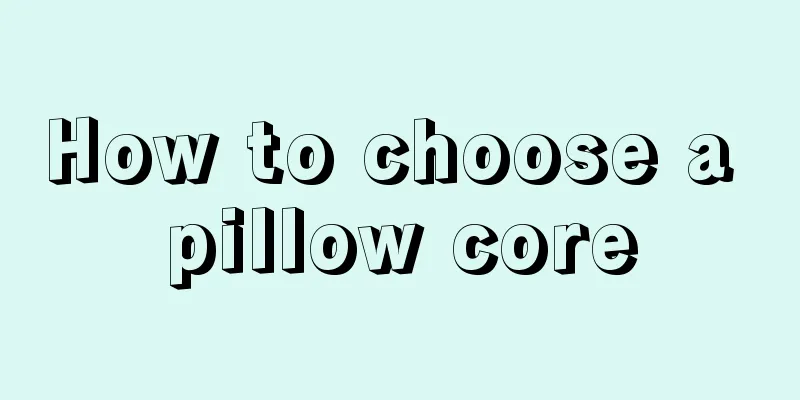Training methods and techniques for chest resonance

|
Many people may not understand the concept of "chest resonance", but those who like music or have studied music know that it is a method of voice training. It resonates through various organs of the body, such as the chest, nasal, oral and throat cavities. Resonance can beautify the voice. For an excellent singer, his pronunciation and singing are all based on resonance. So this is very important. So how do we contact each other in normal times? How to get chest resonance and master chest resonance training methods Chest resonance refers to the resonance of the lungs and the cavity in which they are located. When singing, the upper chest should be relaxed and the breath should be kept unobstructed. Use your upper chest as a resonance chamber. Let your chest expand in a relaxed manner as you inhale, rather than forcing it to open. Singing with your chest open and inhaling is a way to achieve good chest resonance. 1) Laryngeal relaxation exercises. Open your mouth slightly, relax your larynx, and make soft sounds or hum softly like a goldfish blowing bubbles, and feel the vibration of your chest. 2) Practice against a wall. Leaning against a wall can touch your back spine, making it easier for you to feel the breath moving forward along your back, and the resonance of your chest can resonate with the wall, making it easier for you to find the feeling of chest resonance. 3) When practicing, imagine your voice as upright, round and full. Close your mouth and make a "hmm" sound. Stretch out the "hmm" a little bit with emotion and you will feel your head and chest vibrating. 4) Choose vowel exercises that have a strong chest voice. Generally, it is easy to feel the chest resonance when pronouncing vowels such as "ou", "moo", and "hi". When making sounds, try to feel a "half yawn" in the throat cavity, allowing the sound to vibrate naturally around the trachea and larynx, then pass through the trachea to the chest cavity, creating a good chest resonance. During this process, the breath should flow evenly and impact the vocal cords softly. Avoid pressing the larynx in search of a broad, resonant sound, as this will result in guttural sounds. Skill 1. Experience the resonance of the chest cavity: open your mouth slightly, relax your larynx, close your glottis (vocal cords), make soft sounds like a goldfish blowing bubbles, or hum softly, and experience the vibration of your chest cavity. 2. Lower the position of the larynx: (same as above); relax the throat. 3. Opening the jaws: The so-called opening of the jaws means opening the upper and lower molars (molars). Leave space for oral resonance, and touch the position of the molars in front of the ear to see if they are open. Then make some vowel sounds, like "a". Feel the change in your voice. 4. Zygomatic muscle: When you speak with a smile, the corners of your mouth will slightly lift up, and you will feel your nostrils opening up. 5. Stick out your soft palate: yawn and let out a long howl. |
<<: Is it useful to take Sanjin tablets for acute cystitis? Can it cure it completely?
>>: Is silver powder poisonous?
Recommend
What should I do if I sprain my thigh
People walk with their legs every day. What shoul...
Is there any harm to the skin when using royal jelly on the face?
Royal jelly is the milk of bees. Regular consumpt...
What are the disadvantages of eating peanuts
Everyone knows that peanuts are a very good thing...
Things to note about the sequelae of prosthetic chin
In fact, many people now pay great attention to t...
What are the early symptoms of testicular cancer? What does it feel like to have testicular cancer?
One of the early symptoms of testicular cancer is...
How can men prevent prostate cancer? Introduction to preventive measures for prostate cancer
Due to the development of today's society, ma...
What to do if there are red spots on the face due to bleeding
Some people have very thin stratum corneum, and t...
Is it useful to drink glucose during long-distance running
Drinking glucose is useful for long-distance runn...
How are vermicelli made
In China, vermicelli can be found almost everywhe...
Experts introduce two major colorectal cancer diagnosis methods
Colorectal cancer is a tumor disease with a very ...
How to preserve ginkgo
The mature fruits of the ginkgo tree are what we ...
How much is the cost of nasopharyngeal carcinoma reexamination
After nasopharyngeal carcinoma is under control t...
What are the causes of oral and tongue ulcers? Causes of oral and tongue ulcers
Modern people have a heavier taste, especially th...
What are the dangers of liver cirrhosis
Cirrhosis is a very serious disease, and its inci...
Seven methods to clear stool without delay
Modern people lead busy and stressful lives, and ...









